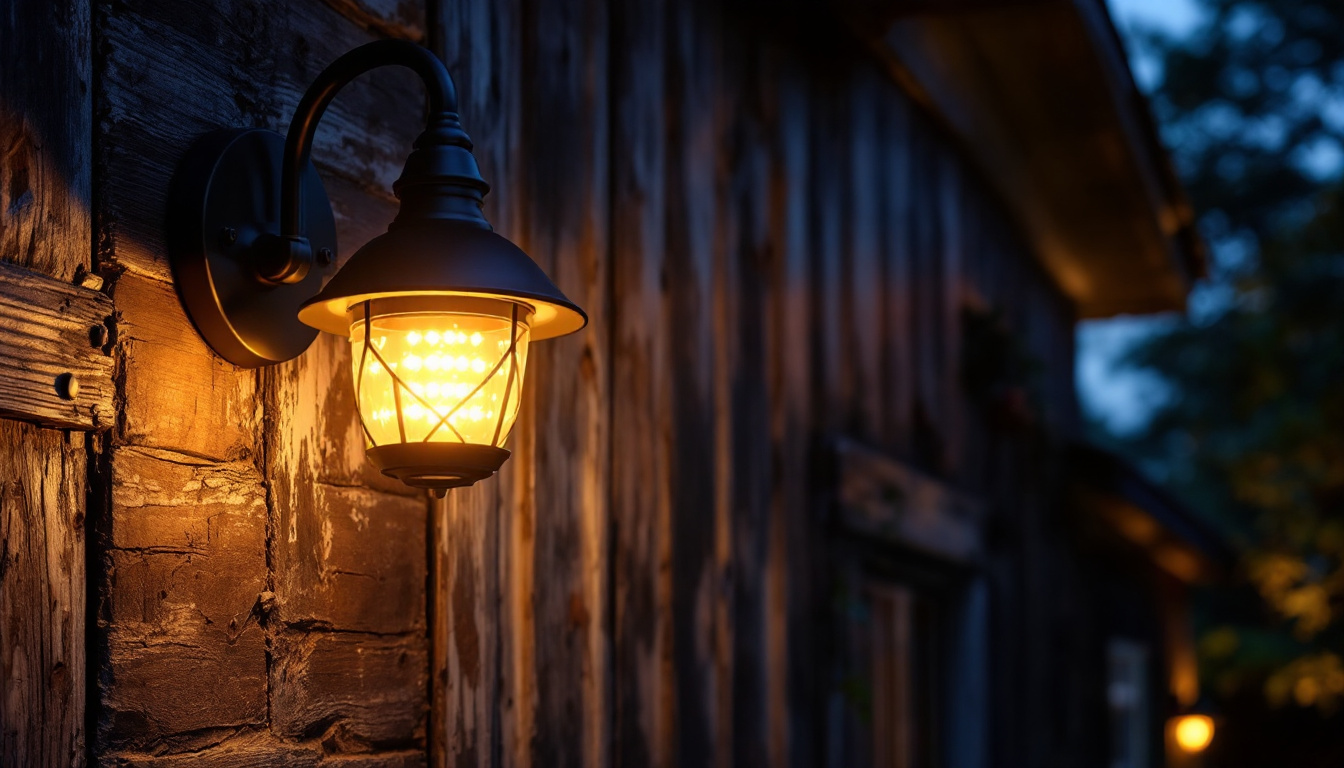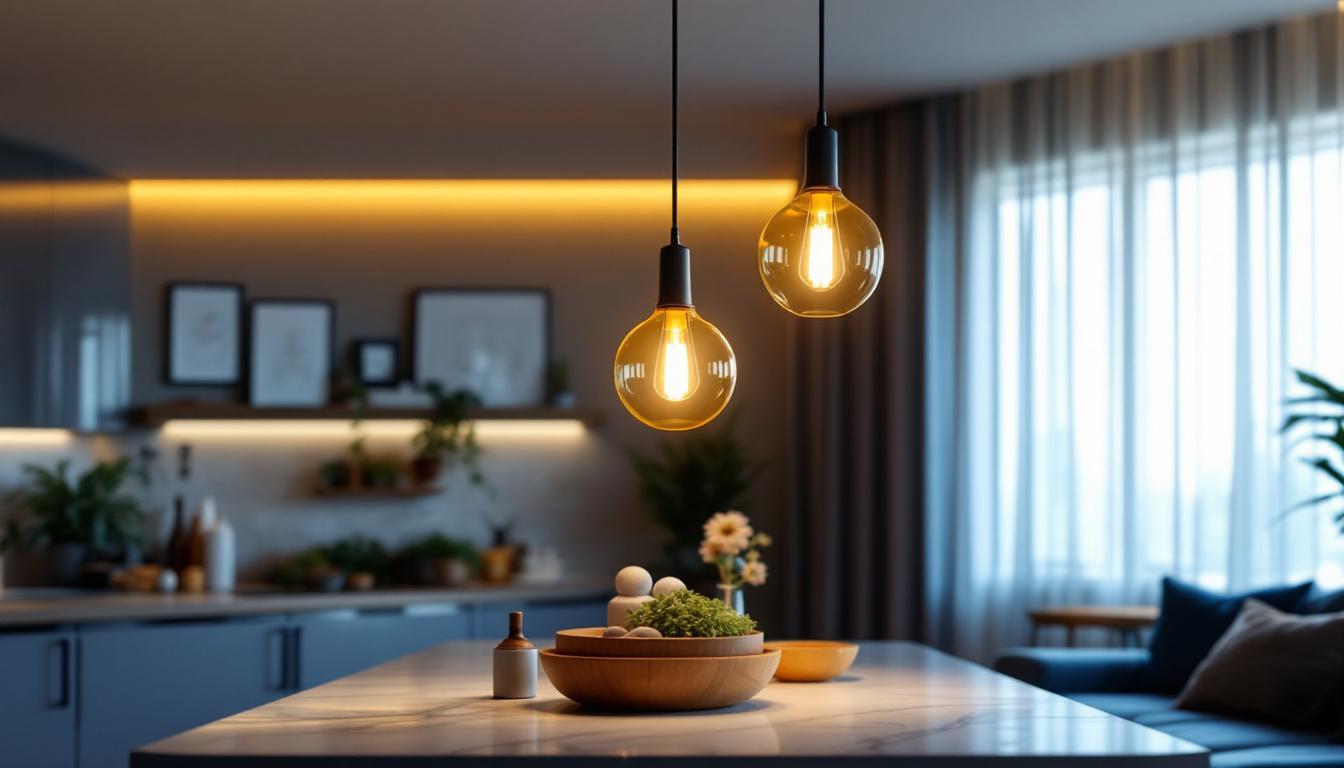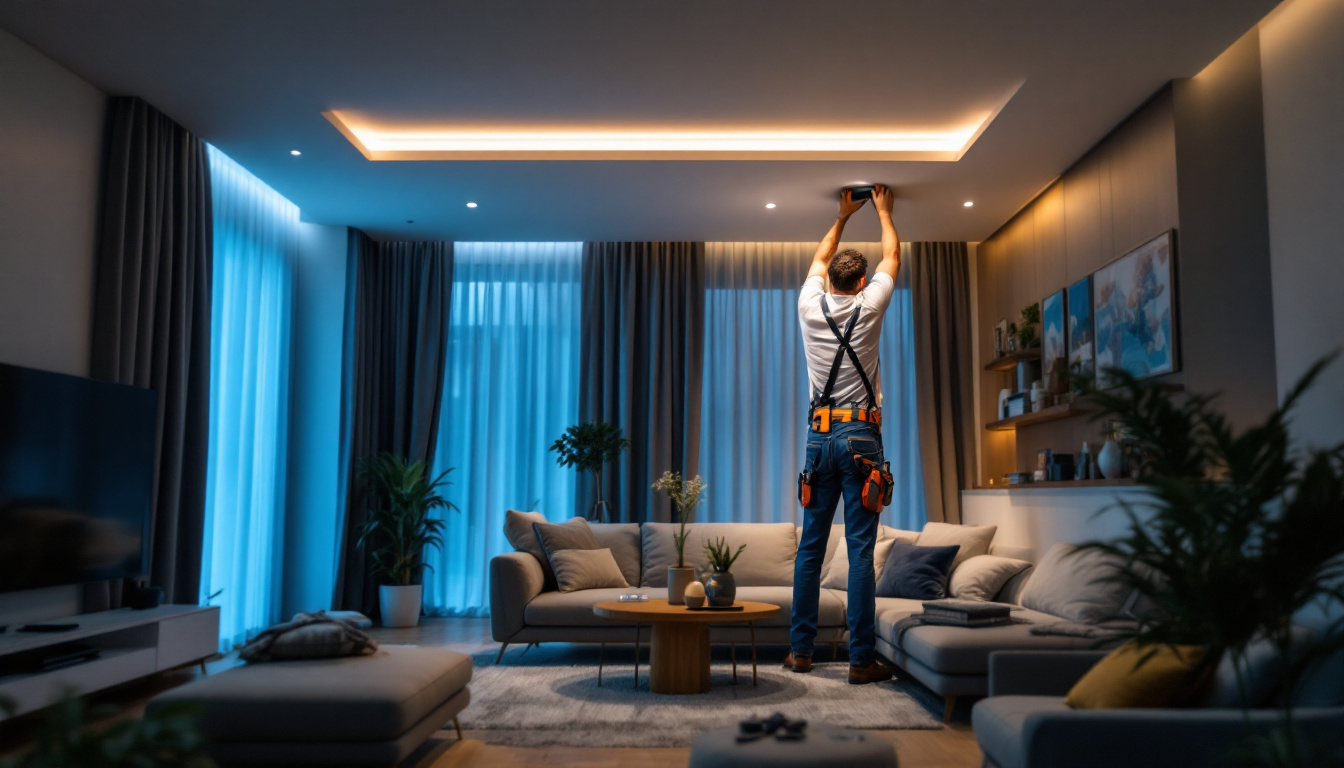
Lighting plays a crucial role in the aesthetics and functionality of a space, and pendant light fixtures are a popular choice among homeowners and designers alike. For lighting contractors, understanding the intricacies of pendant lights can significantly impact the success of a project. This article outlines the essential do’s and don’ts for lighting contractors when working with pendant light fixtures, ensuring that installations are both visually appealing and technically sound.
Pendant lights are versatile lighting solutions that hang from the ceiling, often suspended by a cord, chain, or rod. They come in various styles, sizes, and materials, making them suitable for different environments, from kitchens to dining areas and even commercial spaces. Their ability to provide focused lighting while adding a decorative element makes them a favorite among designers. The aesthetic appeal of pendant lights can range from sleek and modern to rustic and vintage, allowing them to seamlessly blend into any design theme.
There are several types of pendant lights available, each serving a unique purpose. Some common types include:
Understanding the different types of pendant lights will help contractors recommend the right fixture for each project, enhancing both functionality and style. Additionally, pendant lights can be found in an array of materials such as glass, metal, and even fabric, each contributing to the overall ambiance of a space. For instance, glass pendants can create a sense of openness and lightness, while metal fixtures can lend an industrial or contemporary feel.
Pendant lights can be utilized in various settings, making them a versatile choice for contractors. Common applications include:
By understanding the applications of pendant lighting, contractors can better address client needs and preferences. Furthermore, pendant lights are increasingly being integrated with smart technology, allowing homeowners to control brightness and color temperature through mobile apps or voice commands. This modern twist not only enhances convenience but also allows for customization, enabling users to set the perfect mood for any occasion, from a cozy dinner to a lively gathering.
When it comes to installing pendant lights, there are several best practices that contractors should follow to ensure a successful outcome.
One of the most critical aspects of pendant light installation is determining the appropriate height at which to hang the fixture. A general rule of thumb is to hang pendant lights 30 to 36 inches above a dining table. This height allows for adequate illumination while providing enough clearance for diners.
In kitchen spaces, pendant lights should be hung slightly higher, around 28 to 34 inches above the countertop. This ensures that the light is functional for tasks without obstructing views or creating a cramped atmosphere. Moreover, it’s essential to consider the height of the individuals who will frequently use the space. For instance, if the kitchen is primarily used by taller family members, adjusting the height of the pendants can prevent any potential discomfort or obstruction during cooking and meal prep.
Choosing the right style of pendant light is essential for creating a cohesive look. Contractors should consider the overall design theme of the space. For instance, a modern kitchen may benefit from sleek, minimalist pendant lights, while a rustic dining area might call for fixtures with a more traditional or vintage flair.
Additionally, the size of the pendant should be proportional to the space. A large, bold pendant can serve as a focal point in a spacious room, whereas smaller fixtures may be more appropriate for compact areas. It’s also worth exploring the use of multiple smaller pendants grouped together, which can create a stunning visual effect while providing ample light. This technique not only enhances the aesthetic appeal but also allows for flexibility in adjusting the overall brightness and ambiance of the room.
Incorporating dimmer switches into the installation of pendant lights can greatly enhance the versatility of the lighting. Dimmers allow homeowners to adjust the brightness according to their needs, whether they are hosting a dinner party or enjoying a quiet evening at home.
Contractors should recommend dimmable bulbs and compatible dimmer switches to clients, ensuring they have full control over their lighting experience. Furthermore, it’s beneficial to educate homeowners about the various types of dimmers available, such as leading-edge and trailing-edge dimmers, which can impact the performance and compatibility of different light sources. By providing this knowledge, contractors can help clients make informed decisions that will enhance their overall satisfaction with the lighting in their home.
While there are many best practices to follow, there are also common pitfalls that contractors should avoid when installing pendant lights.
Safety should always be a top priority during installation. Contractors must ensure that the electrical wiring is up to code and capable of handling the wattage of the pendant light. Failing to do so can lead to electrical hazards, including short circuits or fires.
Additionally, it’s crucial to use the correct type of bulb for the fixture. Not all bulbs are compatible with every pendant light, and using the wrong type can lead to poor performance or damage to the fixture.
Each space has specific lighting needs, and contractors should not overlook these requirements when selecting and installing pendant lights. For example, a pendant light in a workspace should provide ample task lighting, while a fixture in a living room may focus more on ambiance.
Understanding the function of the space will guide contractors in choosing the right type and brightness of pendant light, ensuring that it meets the client’s needs effectively.
While pendant lights can enhance a room’s design, overloading a space with too many fixtures can create visual clutter. Contractors should recommend a balanced approach, ensuring that the number and placement of pendant lights complement the overall design without overwhelming it.
Using a single statement pendant or a carefully arranged cluster can create a striking effect without compromising the room’s aesthetic.
The choice of bulbs can significantly impact the performance and appearance of pendant lights. Lighting contractors should be well-versed in the various options available to make informed recommendations to clients.
There are several types of bulbs that can be used in pendant fixtures, each with its own advantages:
Contractors should consider the client’s preferences and the intended use of the space when recommending bulb types.
The color temperature of a bulb can affect the mood of a space. Bulbs are typically categorized into three ranges:
By understanding color temperatures, contractors can help clients achieve the desired ambiance in their spaces.
Proper maintenance of pendant lights is essential for ensuring their longevity and performance. Lighting contractors should provide clients with guidance on how to care for their fixtures.
Dust and grime can accumulate on pendant lights over time, affecting their brightness and appearance. Contractors should recommend regular cleaning to keep fixtures looking their best. A soft, damp cloth can be used to wipe down the exterior, while a gentle glass cleaner can be applied to glass components.
It’s important to advise clients to turn off the power before cleaning to ensure safety. Additionally, contractors should inform clients about the specific care instructions for different materials, such as metal, glass, or fabric.
Regular inspections of pendant lights can help identify any potential issues before they become serious problems. Contractors should encourage clients to check for signs of wear, such as frayed cords or loose connections.
If any damage is detected, it’s crucial to address it promptly to avoid safety hazards. Contractors can offer their services for repairs or recommend qualified electricians for more complex issues.
Pendant light fixtures are a versatile and stylish option for various spaces, but their successful installation requires careful consideration and expertise. By following the do’s and don’ts outlined in this article, lighting contractors can enhance their skills and provide clients with exceptional service.
From understanding the different types of pendant lights to ensuring proper installation and maintenance, contractors play a vital role in creating beautiful and functional lighting solutions. With the right knowledge and attention to detail, pendant lights can transform any space into a warm and inviting environment.
Ready to elevate your lighting projects with the finest pendant light fixtures on the market? Look no further than LumenWholesale, where we provide lighting contractors with superior, spec-grade lighting at the most competitive wholesale prices. Our commitment to quality and affordability ensures that you can light up any space without breaking the bank. Plus, with the convenience of free shipping on bulk orders, you can trust that you’re getting the best value every time. Don’t compromise on quality or cost—choose LumenWholesale for your lighting needs and experience the ideal combination of excellence and efficiency. Visit us today at Wholesale Lighting at the Best Value and start transforming spaces with confidence.

Discover the innovative features of the Gama Sonic GS-122 Barn Light and explore proven strategies tailored for lighting contractors.

Discover essential splicing LED strips tools for lighting contractors.

Discover why pendant lighting kits are essential tools for lighting contractors.

Discover the transformative impact of recessed lighting in modern design and why it’s crucial for lighting contractors to stay informed about the latest trends and technologies.